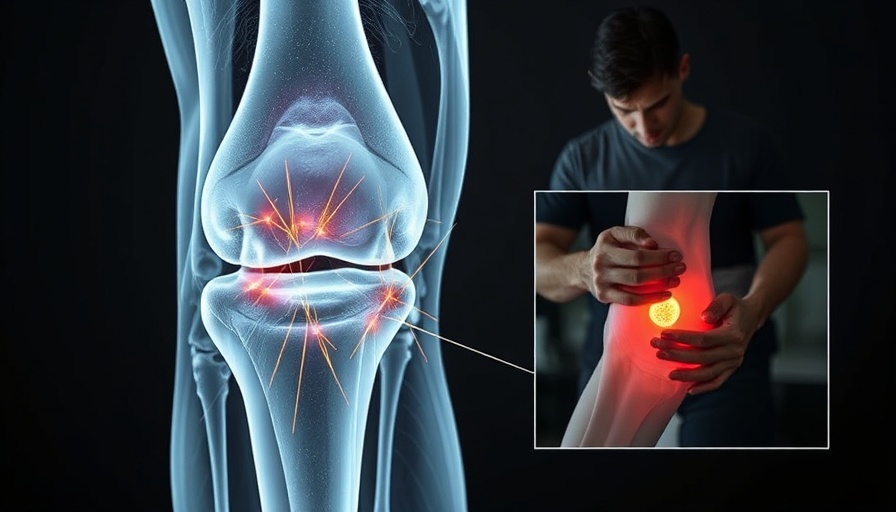
Unpacking the Popularity of Gold Thread Acupuncture
In recent years, gold thread acupuncture has gained traction as an alternative therapy, particularly in parts of Asia. Many patients are drawn to it under the belief that embedding gold threads can offer lasting relief from chronic pain conditions. However, the reality behind this medical trend is more complex and raises crucial questions about safety and efficacy.
What is Gold Thread Acupuncture?
Distinct from traditional acupuncture, which utilizes sterile needles inserted temporarily into the skin, gold thread acupuncture involves inserting thin strands of gold—ranging from 3mm to 15mm—in various tissues to encourage ongoing stimulation of acupuncture points. This controversial practice is predicated on the idea that gold possesses unique properties that promote healing and reduce inflammation. Patients like the 65-year-old South Korean woman who turned to golden-thread acupuncture often report initial relief; however, the long-term effects remain uncertain, with evidence suggesting potential complications such as infection or tissue damage.
Case Studies Highlighting Risks
Case studies serve as poignant reminders of the risks associated with gold thread acupuncture. One illustrative case involved a 58-year-old woman suffering from rheumatoid arthritis who, in lieu of medical treatment, opted for gold thread therapy. Her reliance on this alternative resulted in deteriorating health, leading to an alarming discovery of accumulated gold threads during later medical examinations. These real-life encounters underscore the potential danger of bypassing conventional medicine for unverified alternatives that may do more harm than good.
Expert Opinions: A Mixed Bag
Medical experts are largely skeptical about the benefits attributed to gold thread acupuncture, emphasizing the lack of rigorous scientific support. Dr. William Lau, a leading acupuncturist, notes, “While traditional acupuncture has been shown to provide pain relief for some conditions, there is no credible evidence backing the idea that embedded gold threads enhance this process.” He warns that such practices can delay essential medical treatments that may be more effective in managing severe conditions.
Exploring Traditional Acupuncture’s Trusted Legacy
Traditional acupuncture has been employed for centuries and is recognized for benefiting a range of ailments like migraines, insomnia, and osteoarthritis. Studies support its capacity to reduce pain through stimulation of the body's natural pain-relieving mechanisms. In contrast, gold thread acupuncture's unproven methodologies could displace these trusted practices, raising ethical concerns for practitioners who prioritize patient safety.
The Clinical Perspective: Weighing Risks Versus Benefits
It is essential for patients considering gold thread acupuncture to communicate openly with healthcare providers. Understanding the full scope of treatment options and the potential risks associated with unconventional therapies can lead to better-informed decisions. Moreover, integrating holistic approaches with standard care—rather than using them as substitutes—can prove beneficial for long-term pain management.
Final Thoughts: The Importance of Evidence-Based Practices
The rise of gold thread acupuncture reflects a broader trend within society, where individuals increasingly seek alternative solutions for unresolved health issues. While the allure of innovative treatments is undeniable, patients should approach therapies with cautious skepticism. Unverified methods can lead to severe consequences, highlighting the need for a strong foundation of evidence in all medical practices. Ultimately, prioritizing informed choices can empower patients to navigate their health journeys more effectively.
 Add Row
Add Row  Add
Add 




Write A Comment